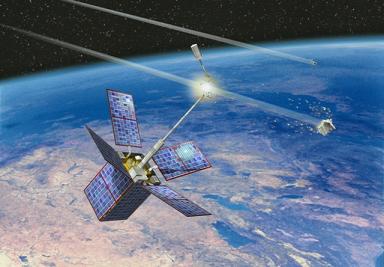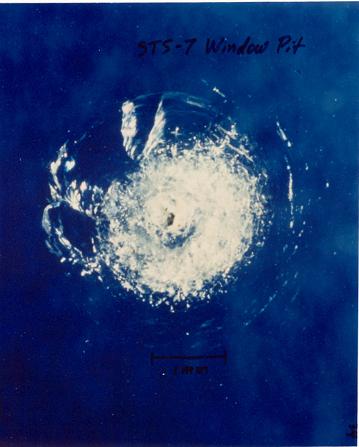Since the launch of Sputnik-1, on October 4, 1957, some 4,600 launches have placed more than 6,000 satellites in orbits around Earth.
All these activities have created a cloud of particles orbiting the Earth, which is referred to as orbital debris.
The majority of these particles are fragments from explosions and collisions (such as the Chinese Fengyun-1 ASAT test in 2007, and the collision between Iridium 33 and Cosmos 2251 in 2009). Some of them are spent rocket stages and defunct satellites. The total mass in orbit has been estimated to 5,800 tons.
As the ejecta generated in explosions and collisions have a wide range of velocities, the evolution of the particle cloud following the event can evolve in ways that are sometimes hard to predict, as some of the particles can disperse into orbits that are dissimilar to the original orbits.
To make things more complicated, the particles comprising the orbital debris environment are quite hard to detect. Some of them are impossible to detect due to technological limitations (present equipment is capable of tracking only objects larger than 1 cm in diameter in low Earth orbit and larger than 50 cm in diameter in geosynchronous orbit) or simply because they have orbits that are out of the range of tracking stations (such as highly elliptical and high inclination orbits with the perigee situated deep in the Southern Hemisphere – the Molniya orbits).
Even if most of the particles orbiting the Earth at velocities in the range of 8-10 km/s (or 28,800-36,000 km/h) are less than 1 cm in size, the kinetic energies associated with impacts at orbital velocities make them a source of great concern.
Just to get a sense of the effects that even small particles with velocities in the order of 10 km/s can have on space structures, if we assume a density of 1 g/cm3, a particle as small as 0.1 mm can cause surface erosion, and a particle 1 mm in size can inflict serious damage. A 3 mm particle moving at 10 km/s has the kinetic energy of a bowling ball moving at 100 km/h. A 1 cm fragment has the kinetic energy of a 180 kg safe. It is easy to visualize the effects of an impact with such an object on an operational satellite or a space station parked in low Earth orbit.
To find out more about orbital debris you can visit the NASA Orbital Debris Program office website.











 Subscribe to our RSS feed
Subscribe to our RSS feed











There are no comments.
Add A Comment